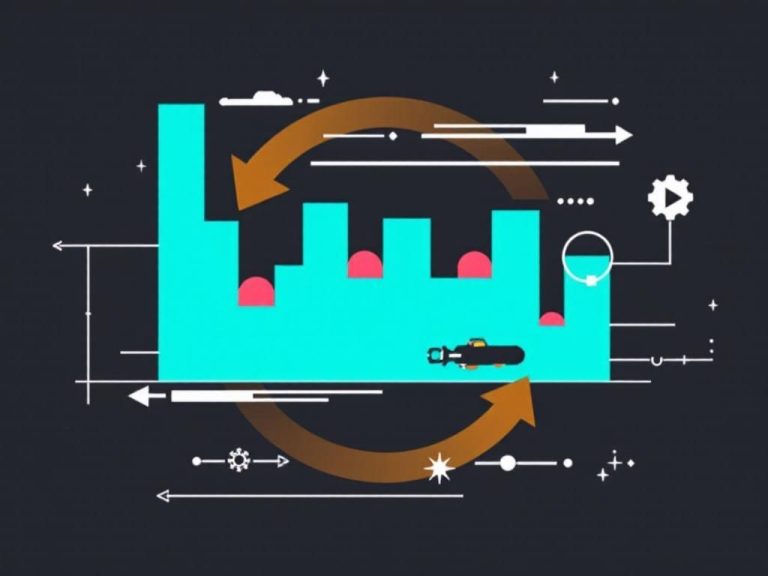In today’s fast-paced digital landscape, artificial intelligence (AI) has become an integral part of numerous industries. As businesses increasingly rely on AI models to drive decision-making and enhance operational efficiency, the need for high-quality training data has never been greater. However, manually labeling data is time-consuming, labor-intensive, and often prone to errors. Enter automated data labeling services—a revolutionary solution aimed at streamlining AI processes and ensuring that machine learning models are trained on high-quality datasets.
Understanding Automated Data Labeling
At its core, automated data labeling refers to the use of algorithms and machine learning techniques to annotate datasets without significant human intervention. This process typically involves:
- Using pre-trained models to perform initial labeling.
- Employing active learning to iteratively improve labeling accuracy.
- Incorporating human feedback when necessary to refine results.
The main advantage of automated data labeling is efficiency. It drastically reduces the time and resources required to prepare data for machine learning, enabling organizations to focus on deploying models rather than getting bogged down in data preparation.
The Importance of Quality Data in AI
Quality data is the backbone of successful AI applications. Without it, even the most sophisticated algorithms can falter. Key factors that contribute to high-quality data include:
- Relevance: Data must be pertinent to the specific problem being addressed.
- Diversity: A diverse dataset mitigates bias and produces more robust models.
- Volume: Large quantities of data can improve model performance and generalization.
- Accuracy: Correctly labeled data ensures that the model learns from reliable information.
Benefits of Automated Data Labeling Services
Adopting automated data labeling services offers numerous advantages to organizations looking to streamline their AI projects:
1. Improved Efficiency
Automated labeling tools can process vast amounts of data in a fraction of the time it would take a human to do so. This increased efficiency can significantly shorten project timelines, allowing businesses to deploy AI solutions faster.
2. Cost Savings
While there is an initial investment in setting up automated data labeling systems, the long-term savings can be substantial. Organizations can reduce the costs associated with hiring large teams of data annotators and cut down on the overhead associated with data management.
3. Scalability
Automated data labeling services can easily scale to meet the demands of growing datasets. As a business expands, these systems can be adjusted to handle increasing volumes of data without the need for additional personnel.
4. Consistency and Accuracy
Human error is a major concern in manual data labeling. Automated systems reduce the risk of inconsistencies and inaccuracies, leading to more reliable training datasets. Furthermore, many automated systems use advanced algorithms that continuously learn and improve from feedback.
5. Enhanced Focus on Core Activities
By automating the data labeling process, organizations can reallocate resources to other critical areas, such as model development, optimization, and deployment. This strategic focus can lead to better overall AI performance.
Challenges in Automated Data Labeling
Despite the many benefits, there are challenges associated with automated data labeling that organizations must consider:
| Challenge | Description |
|---|---|
| Quality Control | Ensuring the output meets required quality standards can be challenging, necessitating human oversight. |
| Initial Setup | Setting up automated labeling systems requires technical expertise and may involve significant initial investment. |
| Domain-Specific Knowledge | Automated systems may struggle with niche topics or specialized domains requiring human expertise for accurate labeling. |
Best Practices for Implementing Automated Data Labeling
To successfully implement automated data labeling services, consider the following best practices:
1. Choose the Right Tools
Selecting the appropriate automated labeling tool can make a significant difference. Evaluate tools based on:
- Compatibility with existing workflows.
- User-friendliness and ease of integration.
- Support for various data types (text, images, video).
2. Combine Automated and Manual Efforts
While automation can handle most of the heavy lifting, incorporating a human-in-the-loop (HITL) approach can enhance accuracy. This method allows experts to validate and correct labels, ensuring high-quality datasets.
3. Continuous Monitoring and Feedback
Regularly monitor the performance of automated labeling systems and refine algorithms based on feedback. This iterative process is vital for maintaining labeling accuracy over time.
4. Start Small and Scale
Begin with a small dataset to test the automated labeling process. Assess the results before scaling up to larger volumes of data.
Conclusion
Automated data labeling services represent a significant advancement in the field of AI, transforming the way organizations prepare data for machine learning. By streamlining this critical process, companies can enhance efficiency, reduce costs, and improve the overall quality of their AI initiatives. As the technology continues to evolve, embracing automation will be crucial for businesses looking to maintain a competitive edge in the ever-evolving digital landscape.
FAQ
What are automated data labeling services?
Automated data labeling services use AI-powered tools to annotate and categorize data quickly and efficiently, reducing the time and effort required for manual labeling.
How does automated data labeling improve machine learning models?
By providing high-quality labeled data at scale, automated data labeling enhances the training process for machine learning models, leading to improved accuracy and performance.
What types of data can be labeled using automated services?
Automated data labeling services can handle various data types, including images, text, audio, and video, making them versatile for different applications.
Are automated data labeling services cost-effective?
Yes, automated data labeling services can significantly reduce costs associated with manual labeling, allowing organizations to allocate resources more efficiently.
How can I integrate automated data labeling into my existing workflow?
You can integrate automated data labeling into your workflow by using APIs or platforms that offer seamless connectivity with your data processing and machine learning systems.
What industries benefit the most from automated data labeling?
Industries such as healthcare, finance, autonomous vehicles, and e-commerce benefit significantly from automated data labeling due to their need for large volumes of accurately labeled data.




